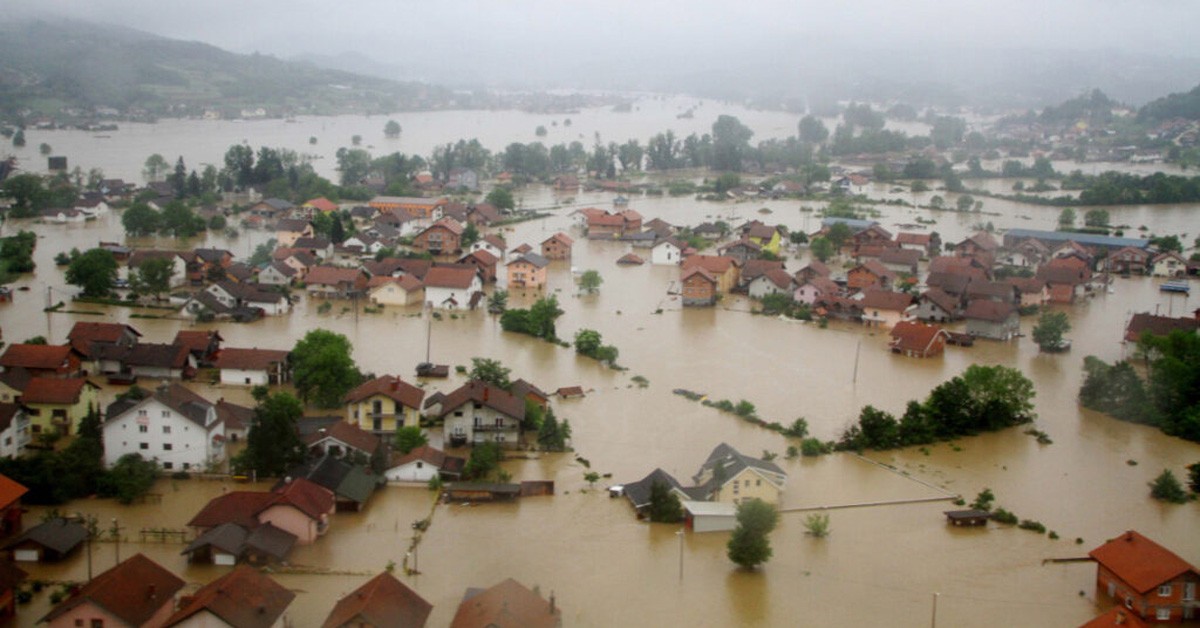Some coastal flooding has already occurred. Gulf levels along the West Coast of Florida will continue to rise throughout the day. Follow local advice so you don’t get stranded. The science of predicting large wave heights to give people time to get out is very accurate. Don’t take any chances. Helene is starting to be a very large storm. The wind gusts extend more than 300 miles from the center of the storm, covering the entire state of Florida.

A Tropical Storm Warning with winds greater than 40 mph with gusts to 75 mph in some areas is in effect across the Florida Peninsula and north into the Carolinas, Georgia, eastern Tennessee and parts of Alabama. Helene will pass over an extremely high-energy lake today that is expected to help the system rapidly intensify. The National Hurricane Center predicts Helene will reach Category 3 or 4 strength this afternoon as it heads south or southeast of Tallahassee.
If Helene makes landfall as a Category 3 or 4 storm as forecast, it will be the strongest hurricane to hit that part of the Florida coast in more than 150 years. A devastating storm hit Florida's Big Bend and Tallahassee in 1842. Since then, no hurricane has made landfall as a Category 3 or stronger in that area. Of course, Hurricane Idalia made landfall much further south last year and barely impacted Florida's capital. The Gulf will rise up to 20 feet above normal high tide on the south coast of Tallahassee around Cedar Key.
A little further south in the Tampa Bay metropolitan area, up to 8 feet of storm surge could be possible if the peak of the Helene wind push occurs at high tide. It is important that everyone near any waterway that opens into the Gulf from Panama City around the coast and south into Southwest Florida know the storm surge forecast for their area and respond according to emergency management guidance.
People died needlessly during Hurricane Ian because they did not know about the storm surge threat where they lived. Don’t let that happen again. Seek information and guidance from your local officials. They will analyze the threat and have a plan to keep everyone safe. There’s no way to know exactly where Helene’s outer bands will form, but winds will be strong enough to knock out power across the entire Florida Peninsula today. There’s also a chance of localized flooding in areas that regularly receive tropical downpours. Keep everything charged up and be careful where you park your car. Find high ground and don’t park under trees.

